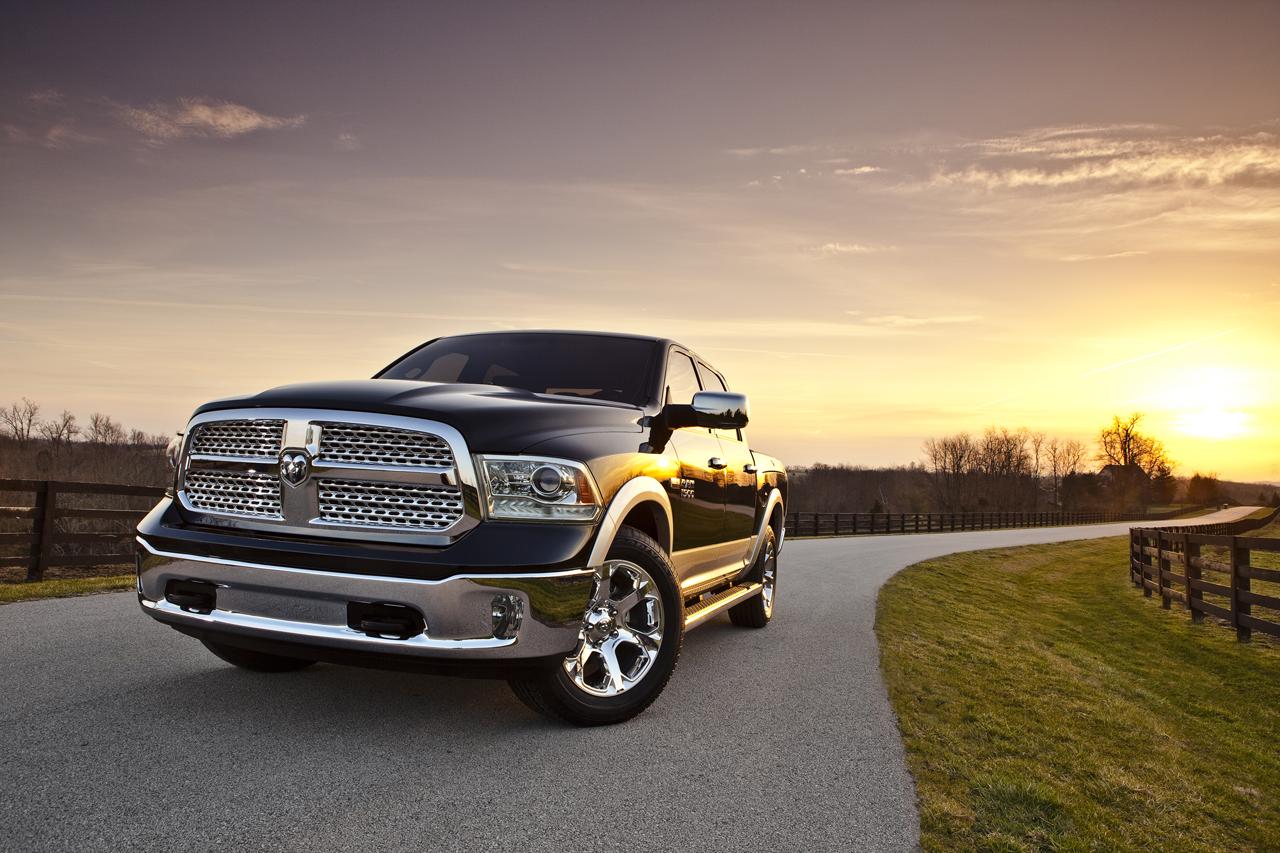In the world of pickups, reliability is more than just a selling point—it’s a necessity. These vehicles are often the backbone of work sites, farms, and families, expected to haul heavy loads, tackle rugged terrain, and perform consistently day after day, year after year.
At the heart of every reliable pickup lies a strong, well-engineered drivetrain: the combination of engine, transmission, transfer case, differentials, driveshafts, and axles that deliver power from the motor to the wheels.
When the drivetrain functions flawlessly, the truck performs smoothly, efficiently, and dependably. But when it falters, it can spell trouble not just for performance, but for the owner’s wallet and peace of mind.
Drivetrain issues can manifest in various ways—transmission slipping or jerking, differential whines or leaks, transfer case failures, or drive axle problems. These faults often lead to costly repairs, downtime, and headaches.
Given the complex nature of modern powertrains, with electronic controls and turbocharged engines becoming more common, understanding which pickups have proven themselves most reliable — and which models have struggled with drivetrain woes — is invaluable for buyers, enthusiasts, and fleet operators alike.
This article takes a deep dive into the pickups that stand out on both ends of the drivetrain reliability spectrum. We begin by highlighting five pickups known for their bulletproof drivetrain systems. These trucks have earned a reputation for enduring hundreds of thousands of miles with minimal mechanical issues, thanks to a combination of conservative engineering, quality components, and thoughtful maintenance guidelines.
Models like the Toyota Tundra and the Ram 2500 Cummins diesel showcase how simplicity, robustness, and proven technology can translate into real-world reliability.
On the flip side, the article does not shy away from examining pickups that have historically struggled with drivetrain issues. Several factors contribute to these problems, from ambitious but unproven new technologies to cost-cutting measures or inadequate testing under real-world conditions.
Some trucks suffered from transmission designs unable to handle the engine’s torque, while others encountered recurring software glitches or mechanical weaknesses in transfer cases and differentials. Vehicles like the early Ford F-150 3.5L EcoBoost and the first-generation Nissan Titan illustrate how even popular trucks can face drivetrain reliability challenges, sometimes necessitating costly repairs or early component replacements.
As we explore these trucks, it becomes clear that drivetrain reliability is rarely the result of a single factor. Instead, it stems from a complex interplay of mechanical design, material quality, thermal management, electronic controls, maintenance practices, and even the typical use cases the truck endures.
Some manufacturers have found a winning formula by sticking to tried-and-true engine and transmission designs, optimizing cooling systems, and offering comprehensive warranty and maintenance programs. Others have learned hard lessons, making improvements only after widespread customer complaints and costly recalls.
For potential truck buyers, understanding these reliability patterns can help make more informed decisions. Whether a buyer prioritizes daily commuting comfort, heavy towing capacity, or off-road durability, choosing a truck with a reliable drivetrain can minimize surprises and maximize ownership satisfaction.
Additionally, for current owners, knowing common drivetrain weak points can guide preventive maintenance efforts, helping avoid expensive breakdowns.
In the sections ahead, we’ll provide a thorough examination of the top five pickups with the least drivetrain issues, detailing what makes their systems so dependable, and then contrast them with five models notorious for their drivetrain troubles, explaining the causes and common failure modes.
This comprehensive look aims to equip readers with a nuanced understanding of drivetrain reliability in the pickup truck segment, helping them navigate the sometimes-confusing market with confidence.
Also Read: Top 10 EV Features That Come in Useful in Daily Commute
5 Pickups with the Least Drivetrain Issues
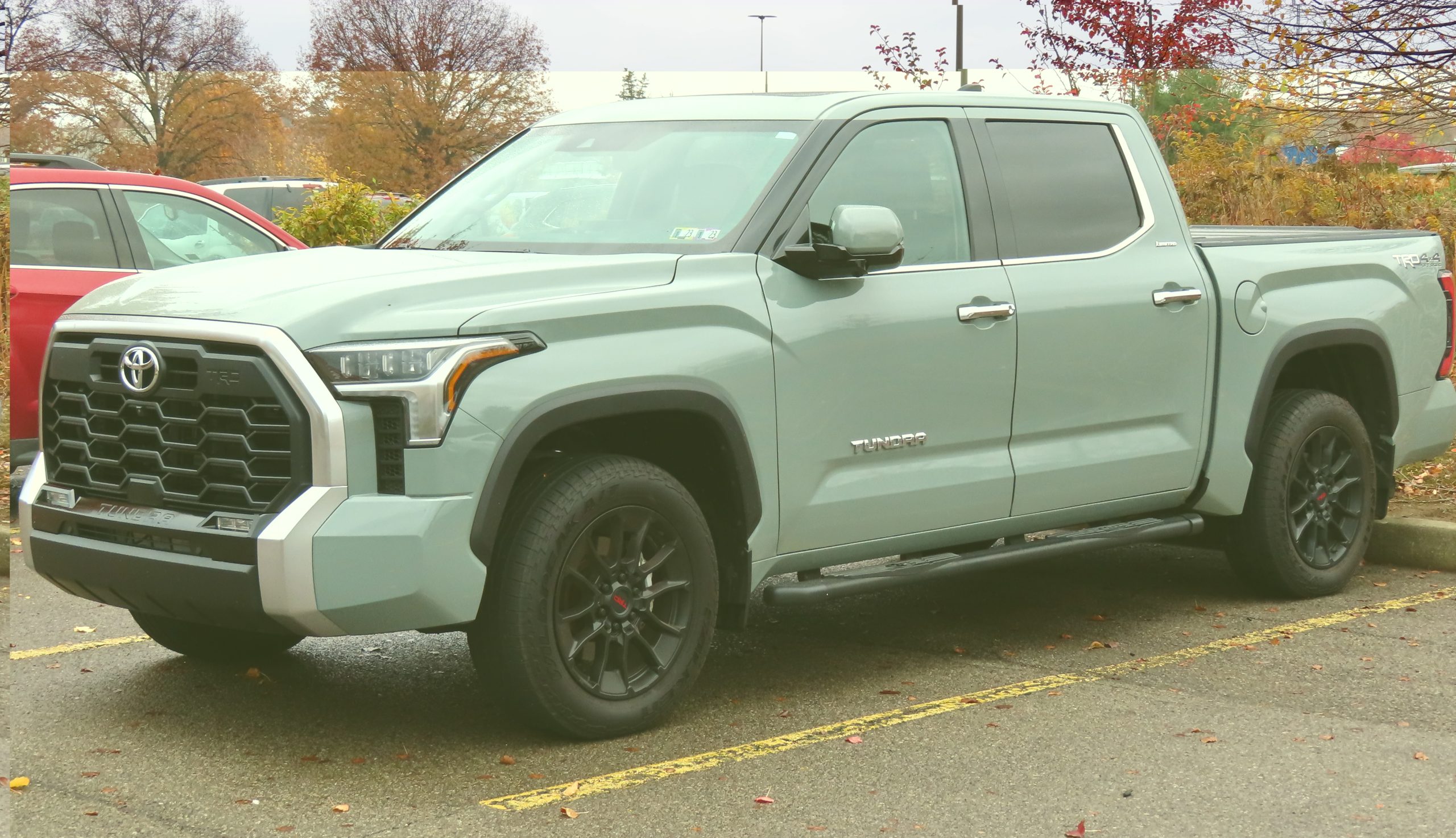
1. Toyota Tundra
The Toyota Tundra is one of the most celebrated full-size trucks in terms of long-term reliability, and much of that acclaim is owed to its drivetrain design. Unlike many domestic competitors who frequently redesign or adopt new technologies rapidly, Toyota takes a slower, more deliberate approach.
The 5.7L i-Force V8 engine that powered many models from 2007 until 2021 is a naturally aspirated workhorse with a cast-iron block, dual overhead cams, and a timing chain rather than a belt. This design philosophy prioritizes mechanical simplicity and minimizes the number of potential failure points, resulting in fewer critical drivetrain issues over time.
One of the defining features of the Tundra’s drivetrain is its 6-speed automatic transmission. While it may not have the extra gears that modern 8-speed or 10-speed units boast, it benefits from being well-matched to the engine’s power curve and has been road-tested for more than a decade.
The shift patterns are predictable and solid, and the internal components — including clutch packs and valve bodies — are designed with longevity in mind. Moreover, Toyota’s transmission programming is generally conservative, which avoids overstressing the gearbox even under heavy towing loads or sustained inclines.
A notable advantage of the Tundra’s drivetrain is its relatively low incidence of leaks, electrical faults, and integration failures between the powertrain control module (PCM) and transmission control module (TCM). Many modern trucks experience problems due to over-complicated software integrations between engine and transmission systems, but Toyota’s system is often described as “basic but bulletproof.”
Mechanics routinely praise the Tundra for its accessible drivetrain layout and ease of serviceability, which contributes to fewer errors during repairs and maintenance.
Owner feedback is overwhelmingly positive regarding the Tundra’s drivetrain. Longtime users often cite mileage over 250,000 or even 300,000 miles with the original powertrain still intact. Some of these trucks are used in demanding environments — from desert oil fields to snowbound logging trails — and still retain their original transmission and differential.
The lack of widespread complaints about drivetrain shudder, slippage, or differential overheating across owner forums and repair databases reinforces the model’s strong reputation.
It’s important to note that while the Tundra may sacrifice some modern conveniences like fuel efficiency and a sleek interior, those trade-offs are often acceptable when the core mechanical components are as solid as they are. For fleet buyers, off-roaders, or families needing a dependable hauler, the Toyota Tundra’s drivetrain remains a shining example of conservative engineering done right.
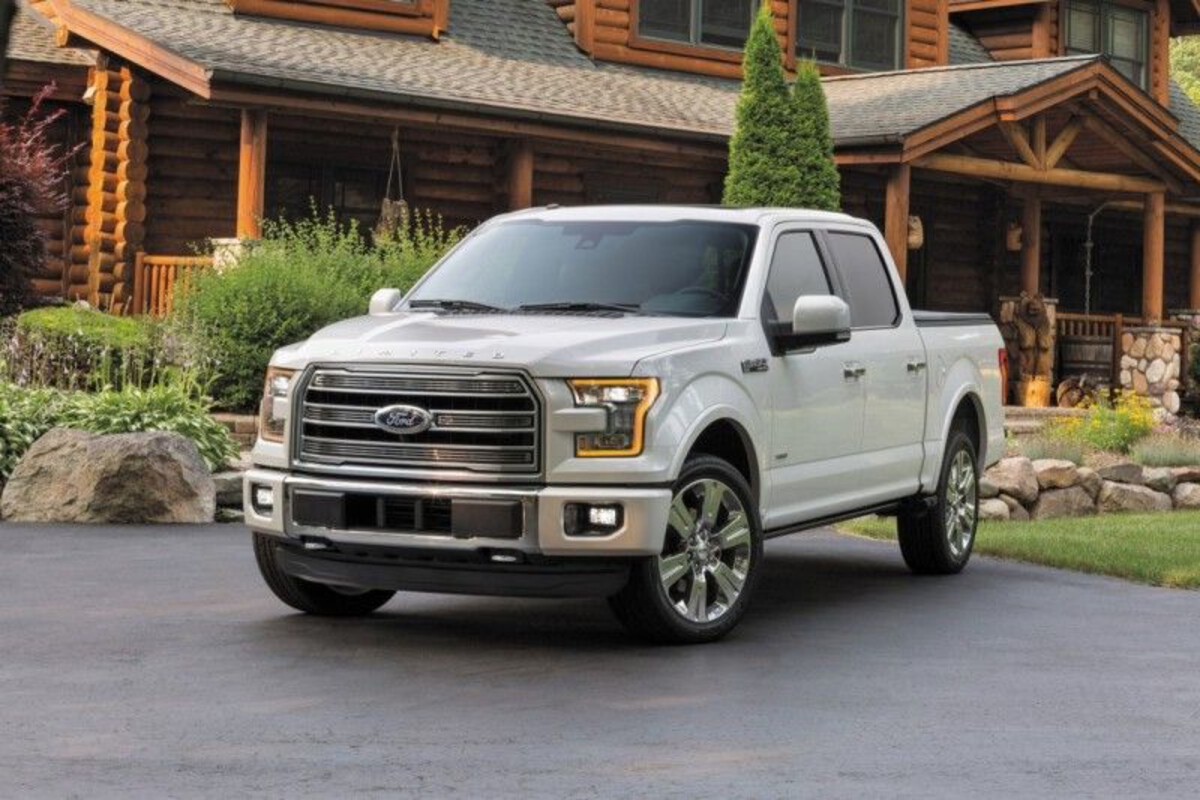
2. Ford F-150 (5.0L Coyote V8)
Among the vast array of configurations available for the Ford F-150, the 5.0L Coyote V8 paired with the 10-speed automatic transmission has emerged as one of the most durable and least problematic in terms of drivetrain reliability.
Unlike turbocharged EcoBoost engines that introduce added complexity and heat management challenges, the naturally aspirated 5.0L V8 operates with mechanical simplicity and a proven architecture. This makes it particularly appealing to buyers who value long-term peace of mind over immediate performance figures.
The Coyote engine features a forged crankshaft, robust valve train, and high-quality cylinder heads, all of which contribute to its reputation for durability. Even though it produces considerable horsepower, its naturally aspirated design reduces the thermal and mechanical stresses commonly associated with forced induction systems.
In conjunction with the 10-speed transmission, the drivetrain operates smoothly across a wide range of conditions, from city driving to towing trailers uphill. The gear ratios are designed to keep the engine in its optimal power band, reducing unnecessary strain on internal components.
While the 10-speed automatic transmission did have a rocky start with early shift quality complaints, these issues were largely resolved by 2020 through firmware updates and minor hardware refinements.
When paired with the Coyote V8, this transmission proves to be both efficient and durable. It also includes advanced features like adaptive shift scheduling and tow/haul modes, which allow it to adapt intelligently to driver input and road conditions, ensuring optimal engagement and longevity.
User data and mechanic testimonials indicate that this specific F-150 configuration tends to reach well over 200,000 miles without significant drivetrain interventions. The differential units, especially when properly maintained with fluid changes at recommended intervals, show minimal wear and very few failures.
Additionally, the rear driveshafts and transfer case systems (in 4×4 models) are also relatively trouble-free, provided they are not abused in severe off-road environments.
In a landscape where turbocharged engines and dual-clutch transmissions are becoming more common, the Coyote V8 F-150 stands out for its blend of traditional design and modern capability.
It’s a go-to choice for contractors, outdoor enthusiasts, and anyone looking for a truck that balances strength and simplicity. For those aiming to own a truck long enough to pass it down to the next generation, this configuration offers a drivetrain that is built for the long haul.
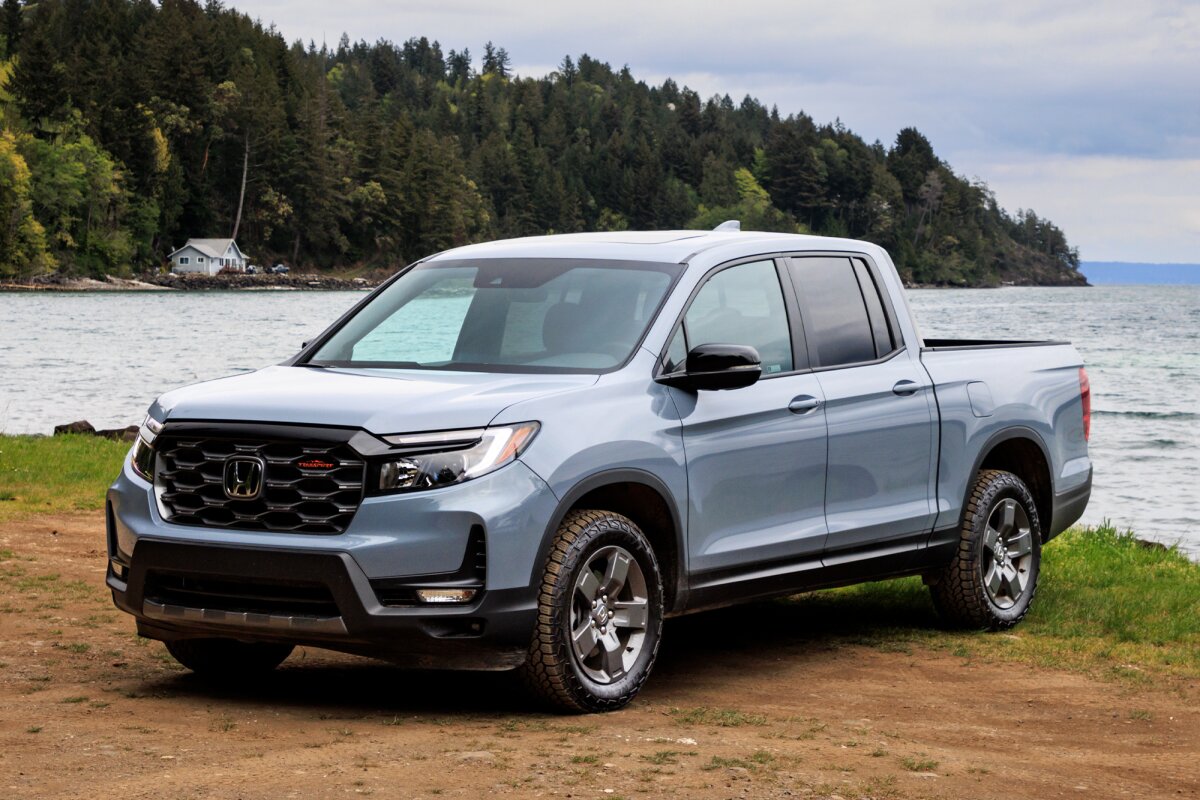
3. Honda Ridgeline
Though not a traditional pickup in the sense of body-on-frame construction or heavy towing capacity, the Honda Ridgeline has carved out a niche as one of the most mechanically reliable and versatile trucks on the market.
Its unibody design, shared with the Honda Pilot SUV, is often criticized by truck purists, but from an engineering perspective, this structure contributes to lower weight, fewer vibrations, and more consistent drivetrain performance across the lifespan of the vehicle.
The Ridgeline’s 3.5L V6 engine is a direct descendant of Honda’s venerable J-series engine family, which has powered a variety of vehicles for decades with minimal complaint. Mated to either a 6-speed or 9-speed automatic transmission (depending on model year), the powertrain is tuned more for smoothness and efficiency than brute strength, but that tuning pays dividends in reliability.
Owners regularly report reaching 200,000 to 250,000 miles without needing major engine or transmission repairs, especially when routine fluid changes are observed.
One of the most overlooked strengths of the Ridgeline is Honda’s all-wheel-drive system. Unlike traditional 4×4 systems with a transfer case and locking differentials, Honda’s AWD is electronically controlled and engages only when needed.
This limits wear and tear on drivetrain components and avoids the binding or “wind-up” issues that plague part-time 4WD systems. While not ideal for extreme off-roading, it’s more than capable for snow, mud, and light trails — and it’s much easier on the driveline over time.
Beyond the engine and transmission, the Ridgeline excels in drivetrain refinement. It features fewer drivetrain-related service bulletins and TSBs (technical service bulletins) than its competitors, and Honda’s engineering culture favors long-term durability over performance gimmicks.
Issues like torque converter shudder, CV axle wear, or differential fluid leaks are incredibly rare compared to full-size trucks. When problems do arise, they are typically software-related and can be corrected without tearing down mechanical components.
The Ridgeline may not be the choice for someone needing to tow 10,000 pounds, but for daily drivers, light-duty users, and those seeking sedan-like reliability in a utility package, it’s nearly unbeatable. Its drivetrain stands as a testament to what can be achieved when careful engineering and practical use cases drive development, rather than just marketing horsepower figures or towing charts.
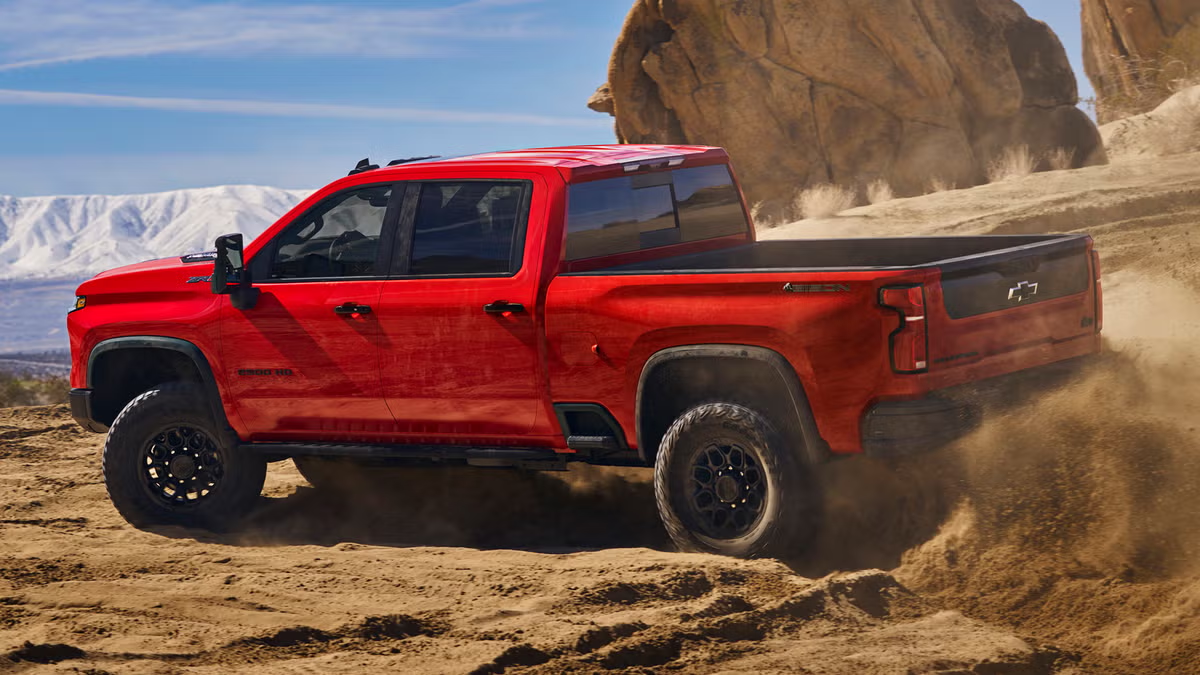
4. Chevrolet Silverado 2500HD (6.6L Duramax Diesel + Allison Transmission)
In the realm of heavy-duty pickups, few combinations are as respected as the Chevrolet Silverado 2500HD equipped with the 6.6L Duramax turbo-diesel engine and Allison automatic transmission.
This drivetrain pairing is the gold standard among truck enthusiasts, fleet operators, and diesel mechanics alike, renowned for its ability to endure abuse, tow enormous loads, and keep running under conditions that would cripple lesser setups.
The Duramax engine itself is a well-engineered piece of machinery. With high-pressure common-rail fuel injection, a variable-geometry turbocharger, and forged internals, it’s built for longevity. Its reputation for going 300,000–500,000 miles with routine maintenance is well-documented.
The engine’s ability to deliver consistent torque across the RPM band also means that the transmission and axles don’t experience sharp torque spikes, reducing the risk of sudden drivetrain failures.
The Allison transmission, often referred to as the “workhorse” of heavy-duty automatics, complements the Duramax beautifully. It features heavy-duty clutch packs, reinforced gear sets, and one of the most intelligent control modules in the truck world.
Shifts are smooth, firm, and predictable, and the transmission rarely overheats thanks to robust cooling systems. Unlike some other HD transmissions that are known for premature torque converter failures, the Allison is designed to run under full load for extended durations without a hitch.
Another advantage lies in how well the Duramax-Allison combo integrates with the Silverado’s 4WD system. Transfer cases and differentials in these trucks are reinforced with thick gearing and high-capacity fluid reservoirs. Maintenance access is also thoughtfully designed, allowing for easier servicing — a major plus for fleet operators or anyone planning to keep the truck for a decade or more.
Real-world usage reflects the reputation. These trucks are favored by snow plow drivers, oil field workers, and towing specialists — groups that don’t tolerate mechanical weakness. Whether it’s 110-degree desert heat or sub-zero snowstorms, the Duramax and Allison combo continues to perform without needing extensive downtime.
If you’re in the market for a heavy-duty truck that will serve reliably through countless towing jobs, hauling demands, and harsh environments, this Silverado configuration is arguably one of the best options. The proven track record of the Duramax and Allison transmission speaks volumes — it is often the choice for commercial fleets where uptime is critical and repairs can mean lost revenue.
The synergy between engine and transmission reduces the risk of drivetrain failures that plague other diesel setups, like cracked transmission housings or turbocharger-related drivetrain stresses. In fact, many Silverado 2500HD owners report only needing routine transmission fluid and filter changes at extended intervals, with no need for clutch pack replacements or electronic module repairs even past 200,000 miles.
One caveat is the importance of fluid maintenance. Diesel trucks often run under higher torque loads and generate more heat than their gasoline counterparts, making clean, cool transmission fluid essential. Ignoring service intervals can lead to premature wear, but given the vehicle’s design and easy access to transmission components, most owners find maintenance straightforward.
Overall, this combination remains a top-tier choice for anyone requiring heavy-duty durability with minimal drivetrain headaches. It balances power, refinement, and bulletproof reliability in a way that has few equals in the pickup world.
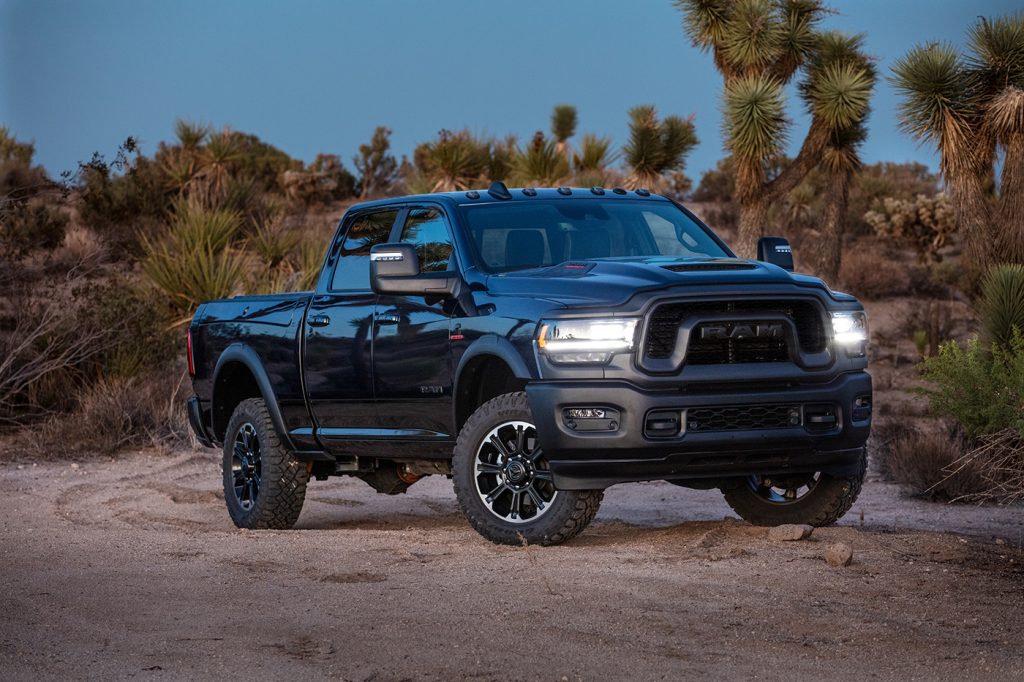
5. Ram 2500 (6.7L Cummins Diesel)
The Ram 2500 equipped with the 6.7L Cummins turbo-diesel engine stands out as a heavy-duty pickup with one of the most robust drivetrain setups available today. Cummins has a long history of building diesel engines renowned for longevity and power delivery, and the 6.7L version takes that legacy to new heights.
This inline-six engine features a high-strength cast-iron block, a variable geometry turbocharger, and an advanced common-rail fuel injection system — all designed to optimize torque and fuel efficiency without sacrificing durability.
One of the key factors behind the 6.7L Cummins’ drivetrain reliability is its partnership with the Aisin 6-speed automatic transmission. This transmission is well-regarded for its smooth shifting, strong internal components, and resilience under heavy load.
Unlike some early-generation transmissions prone to overheating or early clutch wear, the Aisin transmission in later Ram 2500s is built with high torque capacity and robust cooling, ensuring longevity even under rigorous towing conditions.
The inline-six configuration itself reduces stress on the drivetrain by delivering a more balanced and even torque curve compared to V8 engines, which can experience sudden torque spikes.
This smoother torque delivery lessens wear on the driveshaft, differentials, and axles, prolonging their service life. Ram has also invested heavily in drivetrain component upgrades over recent years, including reinforced transfer cases and upgraded differential internals to handle the diesel’s high torque output.
Customer reviews and reliability data consistently highlight that with regular fluid changes and proper maintenance, Ram 2500s with the Cummins engine and Aisin transmission can surpass 300,000 miles with minimal major drivetrain repairs.
This makes them especially popular with commercial haulers, agricultural users, and anyone who depends on a truck to work hard day in and day out.
That said, early models (circa 2013-2015) saw some teething problems with emission system integration and transmission tuning, leading to occasional hard shifting or limp modes.
However, Ram quickly addressed these issues with software updates and hardware revisions, making newer models significantly more reliable. Today, the 6.7L Cummins-powered Ram 2500 is a gold standard for diesel drivetrain durability, blending impressive torque output with time-tested mechanical resilience.
For buyers who prioritize a powerful diesel engine with a drivetrain designed for the long haul, the Ram 2500 offers one of the most trustworthy setups on the market, capable of withstanding decades of demanding use without costly drivetrain failures.
5 Pickups with the Most Drivetrain Issues
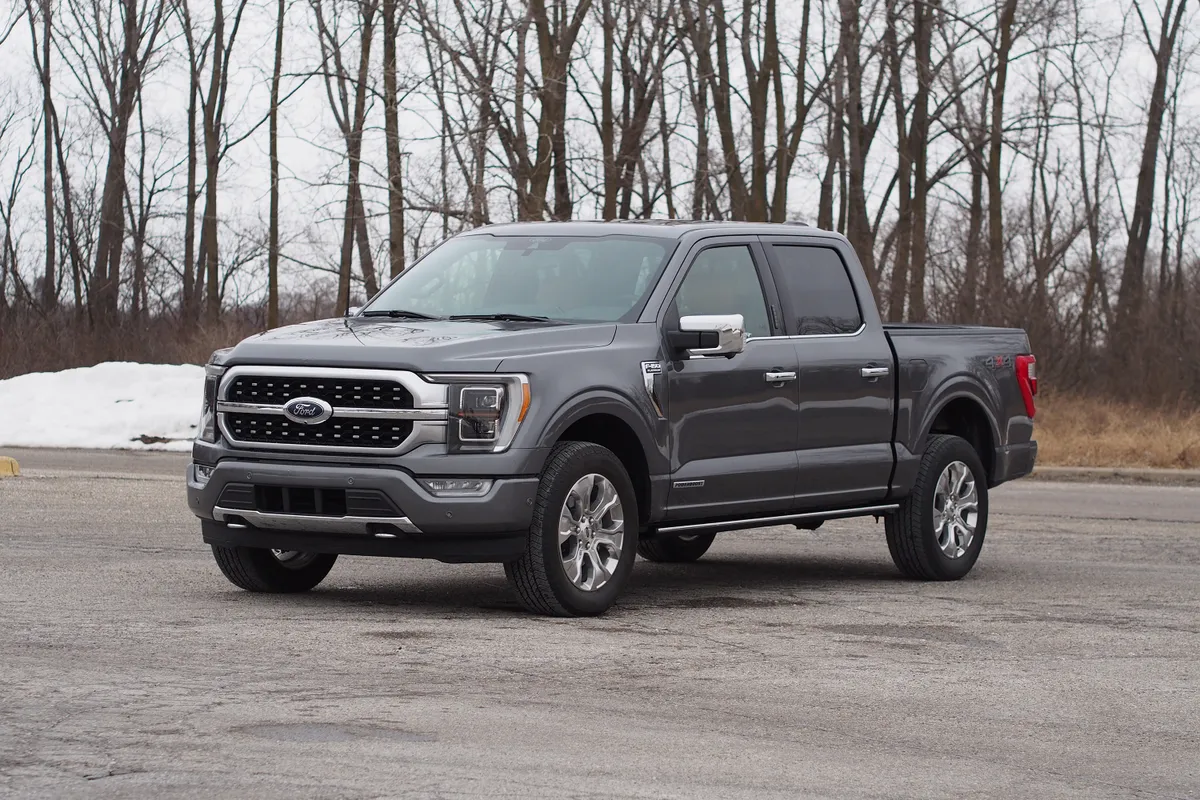
1. Ford F-150 (3.5L EcoBoost in Early Generations)
The Ford F-150 with the early 3.5L EcoBoost engine, particularly from the model years 2011 through 2016, has garnered a reputation for persistent drivetrain issues. This turbocharged V6 was Ford’s ambitious attempt to combine power and fuel efficiency, but its drivetrain complexities introduced a series of challenges.
The twin-turbo setup, while innovative, often struggled with thermal management. Heat buildup contributed to premature wear of the turbochargers, as well as issues with the intercooler and intake manifold that could result in moisture and carbon buildup. This buildup not only compromised engine performance but also strained the transmission by creating inconsistent power delivery.
The transmission paired with these early EcoBoost engines — generally a 6-speed automatic — was another weak link. Drivers frequently reported rough shifting, torque converter shudder, and premature transmission failures.
These problems often manifested after relatively low mileage, frustrating owners who expected the ruggedness typical of full-size pickups. The combination of complex turbocharging hardware and transmission issues led to costly repairs, often out of warranty, reducing the overall perceived reliability of this drivetrain configuration.
Compounding the issues were software calibration problems. Ford’s initial engine control unit (ECU) and transmission control software sometimes failed to properly synchronize the engine’s power output with transmission behavior. This resulted in erratic shifts, unexpected power losses, and even “limp mode” activations that forced drivers to stop and restart the truck.
While Ford released multiple technical service bulletins and recalls to address these concerns, the fixes were often partial or temporary, leaving some owners with ongoing drivetrain problems.
Owners and mechanics also noted that the drivetrain issues were more prevalent under heavy towing or in hot climates, where the EcoBoost’s thermal vulnerabilities became more pronounced.
The combination of engine overheating, turbocharger wear, and transmission stress created a cascading effect, accelerating drivetrain degradation. Many owners had to replace turbochargers, transmissions, or even entire engine assemblies prematurely compared to other F-150 powertrains.
Despite these early issues, it’s important to note that Ford has improved the EcoBoost drivetrain over subsequent generations, introducing better cooling systems, more reliable transmissions, and refined software. However, the legacy of the early 3.5L EcoBoost models still affects their reliability ratings, especially in the used truck market, making these pickups a cautionary tale for buyers prioritizing drivetrain durability.
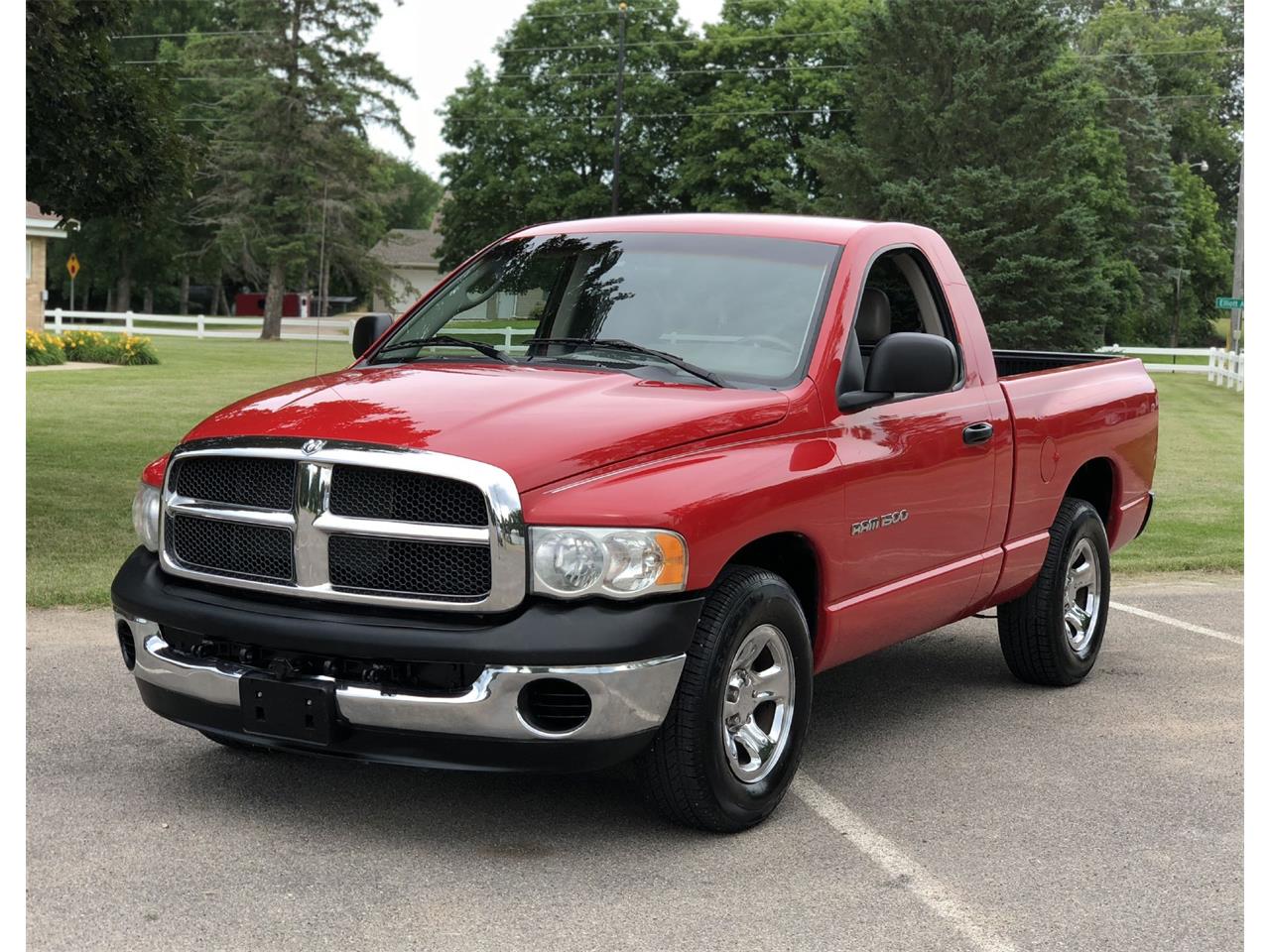
2. Dodge Ram 1500 (4WD Models with 4-Speed Automatic)
The Dodge Ram 1500, particularly 4WD models from the early to mid-2000s equipped with the 4-speed automatic transmission (usually the 46RE or 47RE units), has become infamous for drivetrain issues. These transmissions were known for weak internal components that often failed under the increased torque and stress of full-size pickups, especially when towing or off-roading.
One of the most common problems was premature failure of the planetary gear sets and clutch packs, which manifested as slipping, delayed engagement, or complete transmission lockup.
Another contributing factor to the Ram 1500’s drivetrain woes was the transfer case design and durability. Early 4WD Rams used transfer cases that were prone to fluid leaks and bearing failures, often requiring rebuilds or replacements well before the truck reached 150,000 miles.
The drivetrain mounts, particularly the rear differential carrier and driveshaft U-joints, also had a tendency to wear quickly, leading to vibrations and driveline noises that required frequent servicing.
Owner reports and automotive forums consistently highlight that transmission overheating was a significant cause of drivetrain failures. The lack of adequate cooling for the transmission fluid in many Ram 1500 models compounded the issues, especially when the trucks were used for towing or in stop-and-go traffic.
The heat caused premature wear on seals, solenoids, and valve bodies within the transmission, often necessitating expensive rebuilds or replacements.
Complicating matters, Chrysler’s internal software control for the transmission was criticized for erratic shift logic. Shifting patterns could become unpredictable or harsh, exacerbating mechanical wear and further degrading the driveline.
Unlike some competitors who improved software calibration early on, Dodge/Ram’s solutions often lagged behind, leaving owners to contend with drivetrain roughness and early transmission failure.
Despite these issues, many Dodge Ram 1500s remain beloved for their aggressive styling and powerful engines, but buyers looking for long-term drivetrain reliability are often warned away from early 4-speed automatic 4WD models. Routine maintenance and cooler upgrades can mitigate some issues, but these trucks are known to require more drivetrain attention than their peers.
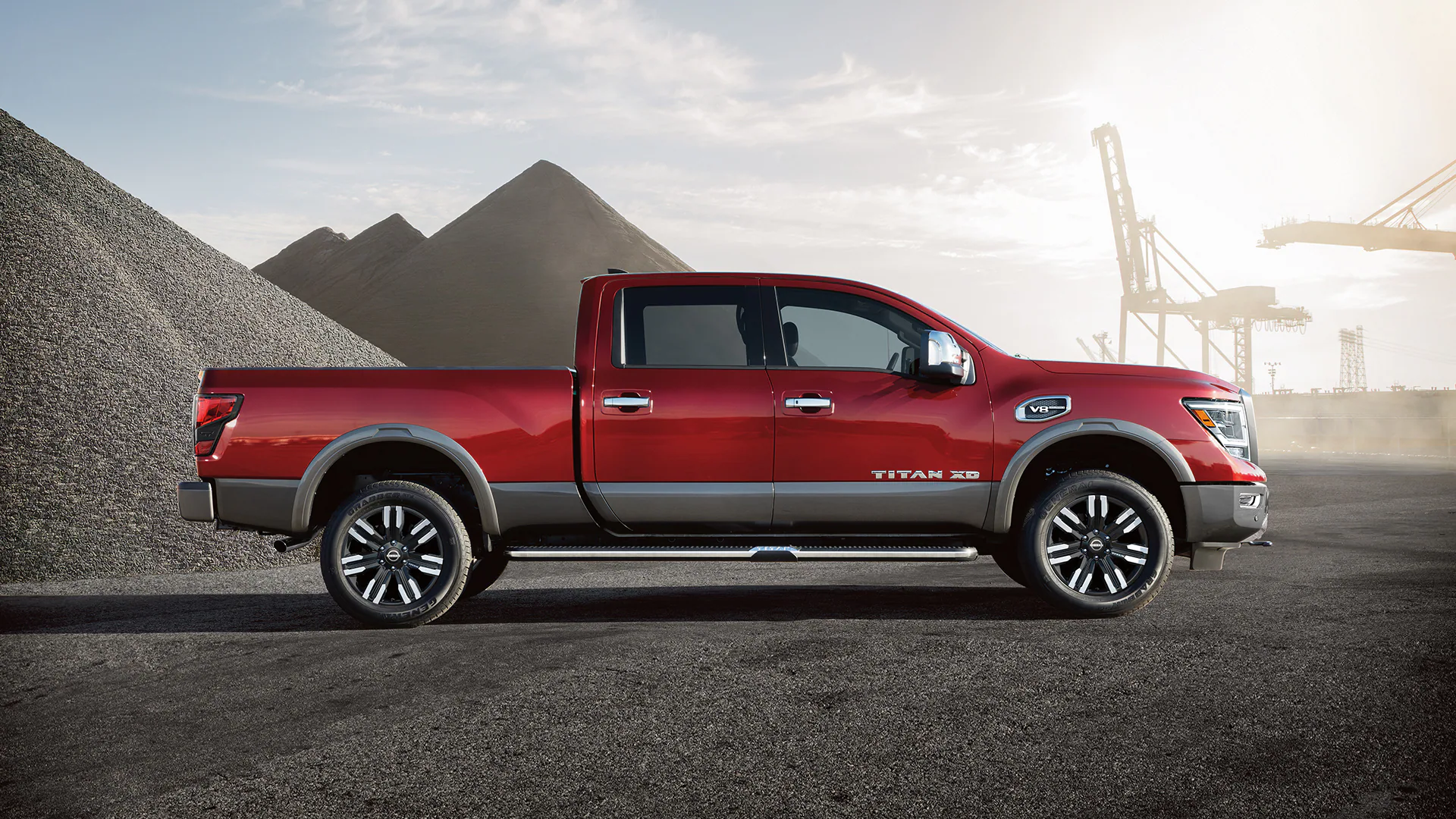
3. Nissan Titan (First Generation, 2004–2015)
The Nissan Titan’s first generation was highly anticipated as Nissan’s return to the full-size pickup market, but the drivetrain reliability left much to be desired. One of the most persistent problems was with the transmission, particularly the 5-speed automatic that many Titans came with during these years.
Owners frequently experienced harsh or delayed shifts, erratic torque converter lockup behavior, and, in some cases, total transmission failure far earlier than expected.
The Titan’s drivetrain was further hampered by a number of mechanical weaknesses. For instance, the driveshaft components, including universal joints and center support bearings, were prone to wear and vibration issues, often requiring premature replacement.
The front differential, especially on 4WD models, was also susceptible to leaks and seal failures, which, if left unaddressed, could cause catastrophic damage to internal gears.
Another area of concern was the relatively fragile transfer case design, which often leaked fluid and developed bearing wear. This caused driveline binding and vibration issues in many 4WD Titans. The combination of a heavy V8 engine with a transmission and transfer case that struggled to cope with stress created a drivetrain prone to premature wear, especially in trucks used for towing or off-roading.
Software and electronic integration issues also plagued the Titan’s drivetrain. The engine and transmission control modules sometimes failed to communicate seamlessly, resulting in inconsistent torque delivery and poor shift timing. This led to reports of jerky acceleration and drivetrain vibrations, which further stressed mechanical components.
Nissan did address some of these issues with mid-cycle updates and recalls, but the early reputation for drivetrain problems lingers. As a result, the first-generation Titan often ranks lower than competitors when it comes to drivetrain reliability, and many prospective buyers proceed with caution, especially when considering older used models.
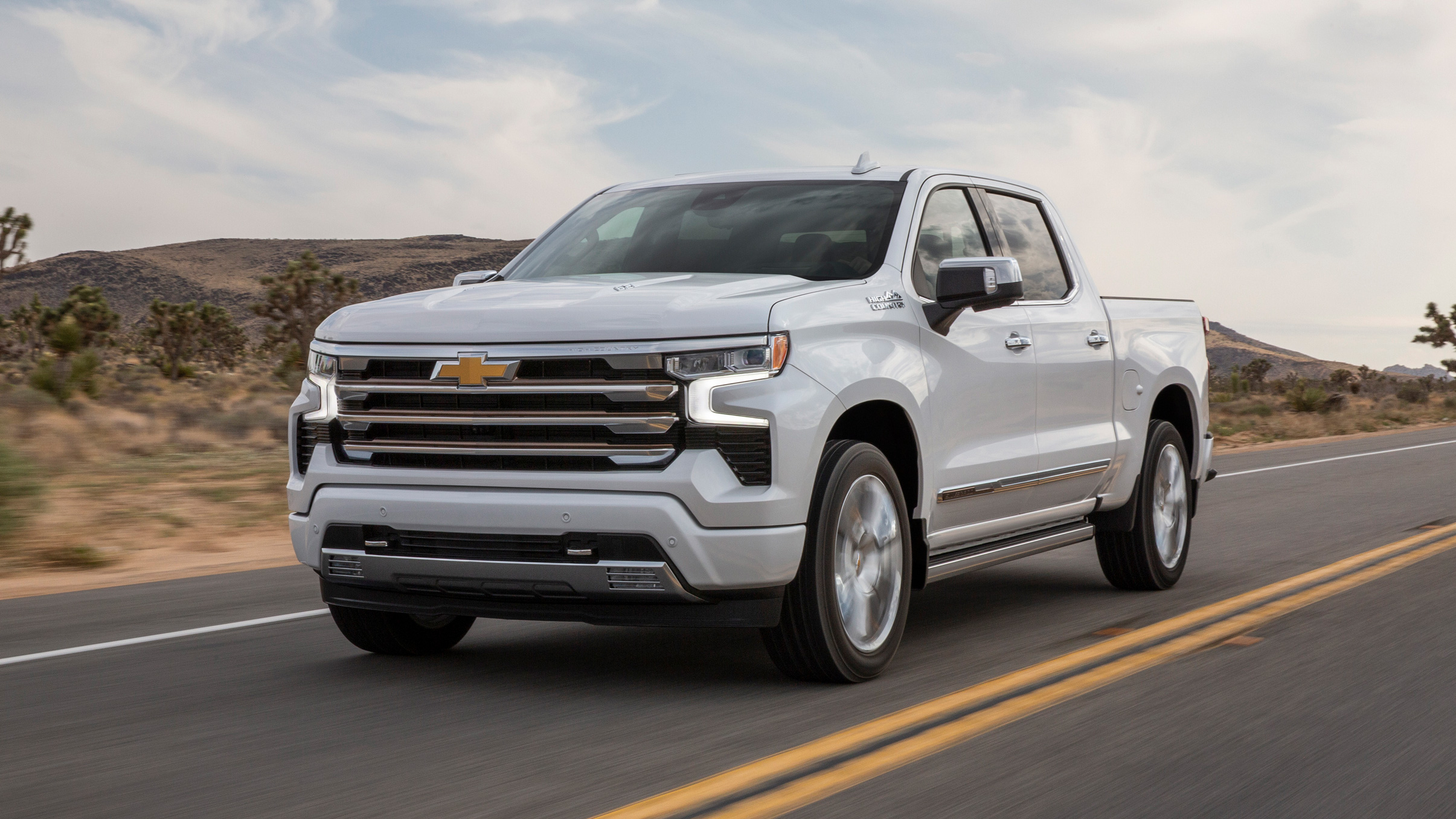
4. Chevrolet Silverado 1500 (2007–2013, 4L60E/4L80E Transmissions)
The Chevrolet Silverado 1500 models produced between 2007 and 2013 with the 4L60E or 4L80E automatic transmissions frequently encounter drivetrain problems, particularly under heavy use. These transmissions, while robust in earlier generations, saw increased failure rates in this era due to a combination of higher torque outputs from more powerful engines and insufficient cooling upgrades.
Common issues reported include slipping, hard shifting, and complete transmission failure often occurring before 100,000 miles in trucks subjected to towing or heavy loads. Valve body failures and solenoid malfunctions are particularly prevalent, leading to erratic shifting patterns and limp-home modes. The transmissions also suffered from premature wear of clutch packs and bands, which increased maintenance costs significantly.
The drivetrain’s transfer case and differentials also contributed to problems. Some Silverado 1500 4WD models from this period suffered from leaks in the transfer case seals and differential pinion bearings wearing out prematurely, leading to noise, vibrations, and eventually costly rebuilds or replacements. Additionally, driveshaft U-joint failures were not uncommon, exacerbated by poor maintenance or aggressive driving.
Adding to these mechanical failures were issues with the electronic controls that manage transmission shift timing and torque converter lockup. Faulty sensors and wiring problems sometimes caused the powertrain control module to mismanage shifts, which accelerated wear on mechanical components and increased the risk of drivetrain failure.
Despite these shortcomings, the Silverado 1500 remains a popular truck with many satisfied owners. However, those seeking maximum drivetrain reliability often look to later model years or alternative transmissions. Routine fluid maintenance and aftermarket cooling solutions can improve the longevity of these transmissions but cannot fully eliminate the inherent design weaknesses present in this generation.
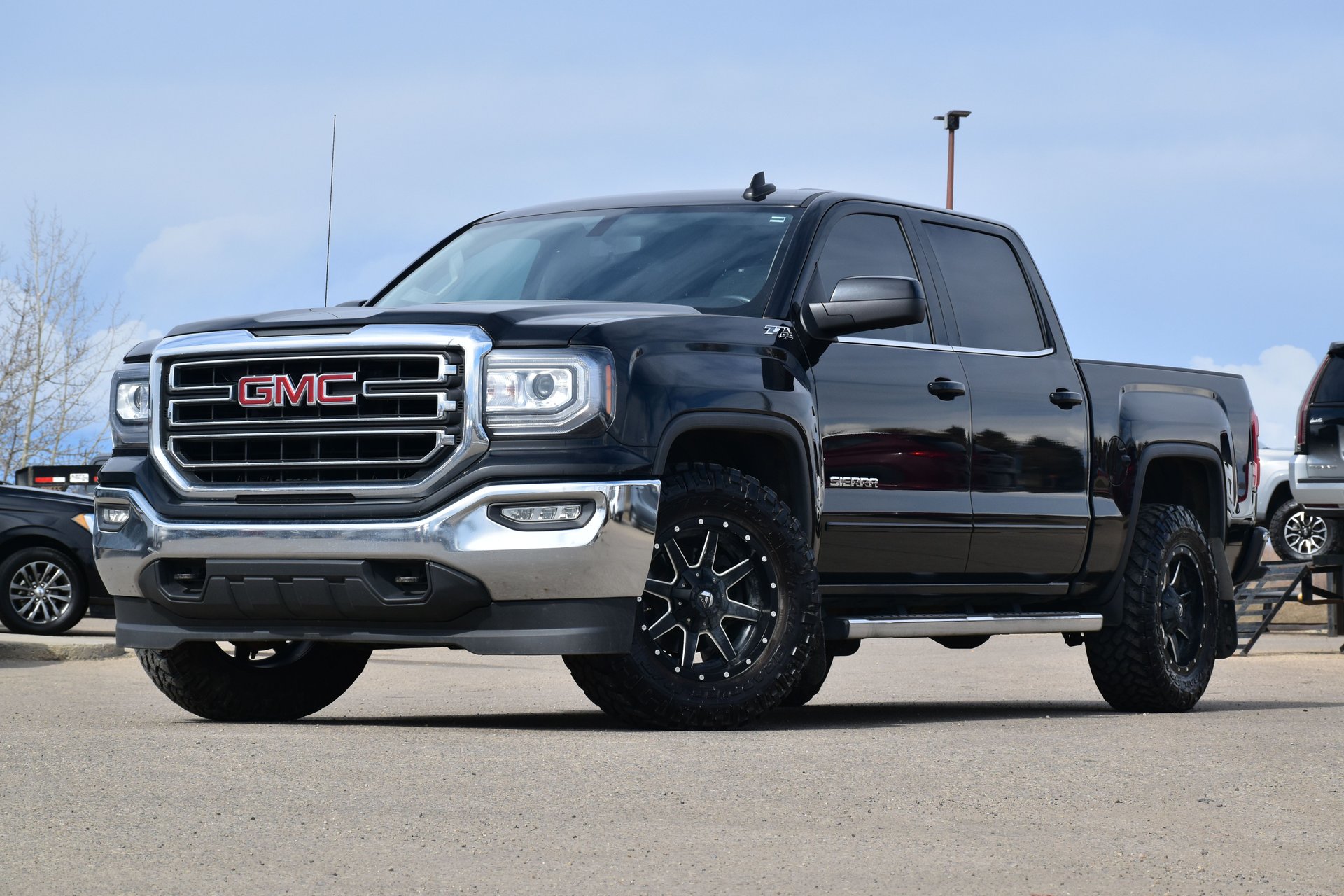
5. GMC Sierra 1500 (2014–2018 with 8-Speed Transmission Issues)
The GMC Sierra 1500 models from 2014 to 2018 equipped with the 8-speed automatic transmission have been notorious for drivetrain problems. While the 8-speed transmission offered benefits in fuel efficiency and shift smoothness on paper, in practice it brought a host of issues related to electronic control complexity and mechanical failures.
One of the most common complaints involves rough or delayed shifts, often accompanied by transmission hesitation or surging during acceleration. These problems stem from faulty valve bodies, worn clutch packs, and problematic mechatronics units that manage hydraulic pressures inside the transmission. Repairing or replacing these components often involves expensive labor and parts costs.
The Sierra’s transfer case and drive axles also contributed to drivetrain woes. Some 4WD models experienced leaks and mechanical failures in the transfer case caused by weak seals and bearings, which over time led to binding and vibration issues. Axle bearings and differential gears sometimes exhibited premature wear, particularly in trucks subjected to heavy towing or off-road use.
Electronic glitches affecting transmission control modules led to incorrect gear selection or unintended gear drops, which further stressed the mechanical components. Many owners reported “check engine” or “transmission service” warnings related to these issues, sometimes triggering limp modes that severely limited vehicle usability.
While GMC and General Motors issued updates and extended warranties to address some of these transmission concerns, the issues significantly impacted owner satisfaction and resale values for affected Sierra 1500 models. Many drivers eventually opted for transmission replacements or rebuilds well before the truck’s expected service life.
Also Read: 5 Sedans With Best Turning Radius And 5 With Widest
Drivetrain reliability remains a fundamental pillar of pickup truck ownership satisfaction and long-term value retention. After examining both ends of the spectrum—from the toughest, most dependable pickups to those plagued by chronic drivetrain issues—it’s clear that not all trucks are created equal in this critical area.
While some manufacturers have mastered the art of engineering powertrains that endure the demands of heavy towing, off-road abuse, and high-mileage usage, others have struggled to translate innovation into reliability, leaving many owners with costly repairs and frustrating downtime.
The pickups with the least drivetrain issues, such as the Toyota Tundra, Ford F-150 with the 5.0L Coyote V8, and the Ram 2500 equipped with the Cummins diesel, demonstrate that simplicity combined with robust design pays dividends over time. These trucks typically feature naturally aspirated engines or well-proven turbo diesels paired with transmissions known for durability and smart thermal management.
Their drivetrains benefit from thoughtful component choices, proven materials, and control systems designed to protect mechanical parts rather than pushing them to the edge. Owners of these models often report hundreds of thousands of trouble-free miles, making these trucks favorites for those who prioritize long-term reliability over flashier features or cutting-edge tech.
Conversely, the trucks with the most drivetrain issues highlight the risks of pushing new technologies or failing to fully test components under real-world stresses. Early EcoBoost-equipped Ford F-150s, first-generation Nissan Titans, and certain Dodge Rams with 4-speed automatics show that drivetrain failures often arise from a combination of heat-related wear, software calibration issues, and mechanical component weaknesses.
These problems can lead to premature transmission failures, differential leaks, transfer case binding, and electronic control glitches, which can frustrate owners and erode resale value. While many manufacturers have made strides in addressing these problems through recalls and software updates, the damage to reputation and customer trust can linger for years.
For buyers and current owners alike, understanding drivetrain reliability is a vital step in making informed decisions. Routine maintenance, including timely fluid changes and addressing minor issues before they escalate, can extend the life of even a troubled drivetrain.
Choosing trucks with proven powertrain architectures and a history of durability can reduce the risk of unexpected failures and expensive repairs. Furthermore, manufacturers who prioritize conservative engineering, adequate cooling, and thorough testing tend to produce trucks that hold up best under the rigors of everyday use.
In the evolving landscape of pickup trucks, where turbocharging, hybridization, and advanced electronic controls are becoming the norm, the lessons from these reliability analyses remain crucial. While innovation drives progress, it must be balanced with durability to meet the expectations of truck buyers who rely on these vehicles as tools and lifelines.
As technology continues to advance, the hope is that manufacturers will apply the insights gained from past drivetrain pitfalls to deliver pickups that combine cutting-edge performance with the mechanical robustness drivers demand.
Ultimately, the choice of a pickup with a reliable drivetrain boils down to priorities: do you want a truck that has been proven over time and is less likely to require major repairs, or are you willing to take risks on newer technologies that might bring efficiency but could also bring headaches?
By reviewing the dependable trucks alongside those with known drivetrain issues, this article aims to empower you with knowledge to choose wisely, ensuring your next pickup is one you can count on for years to come.

